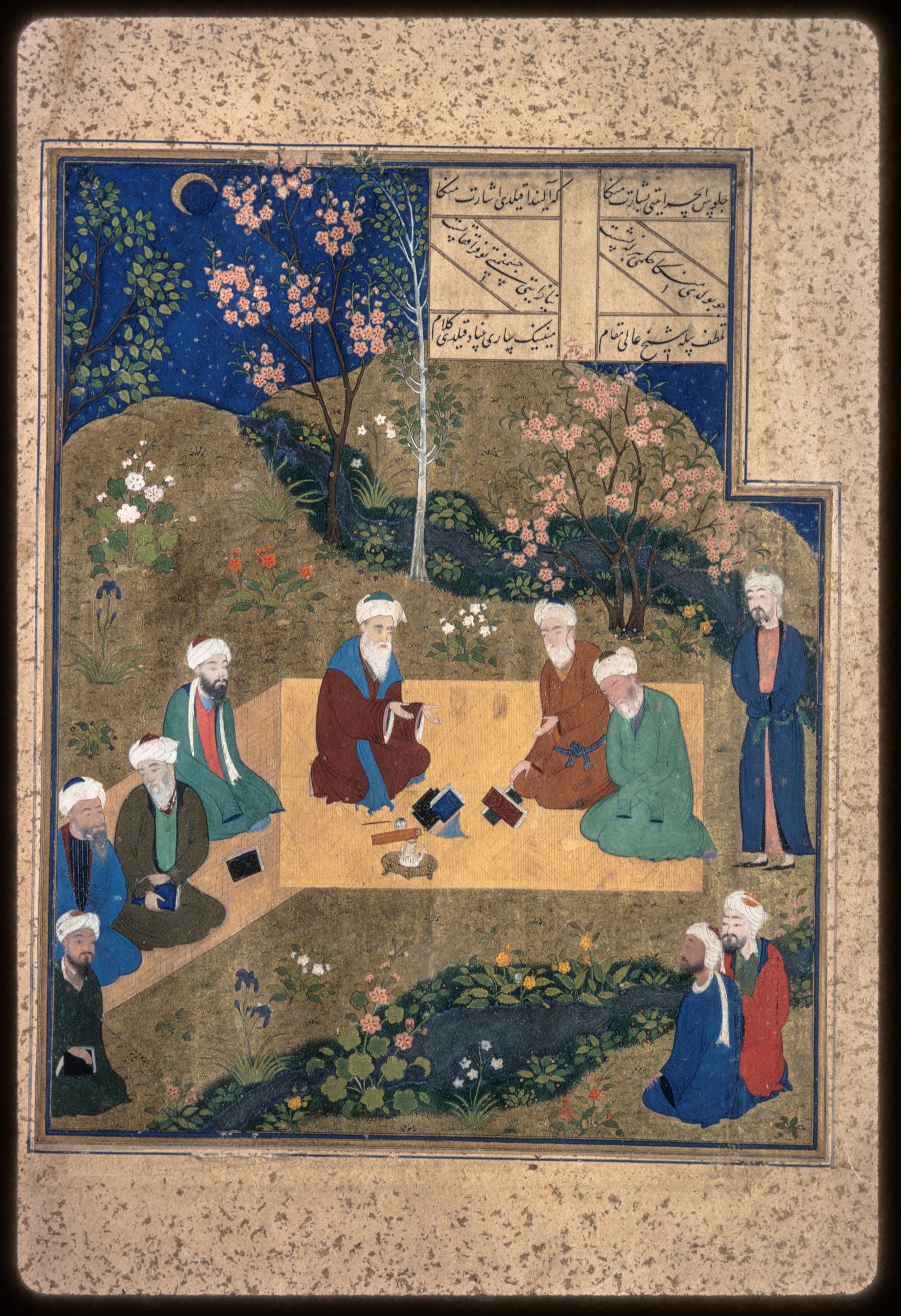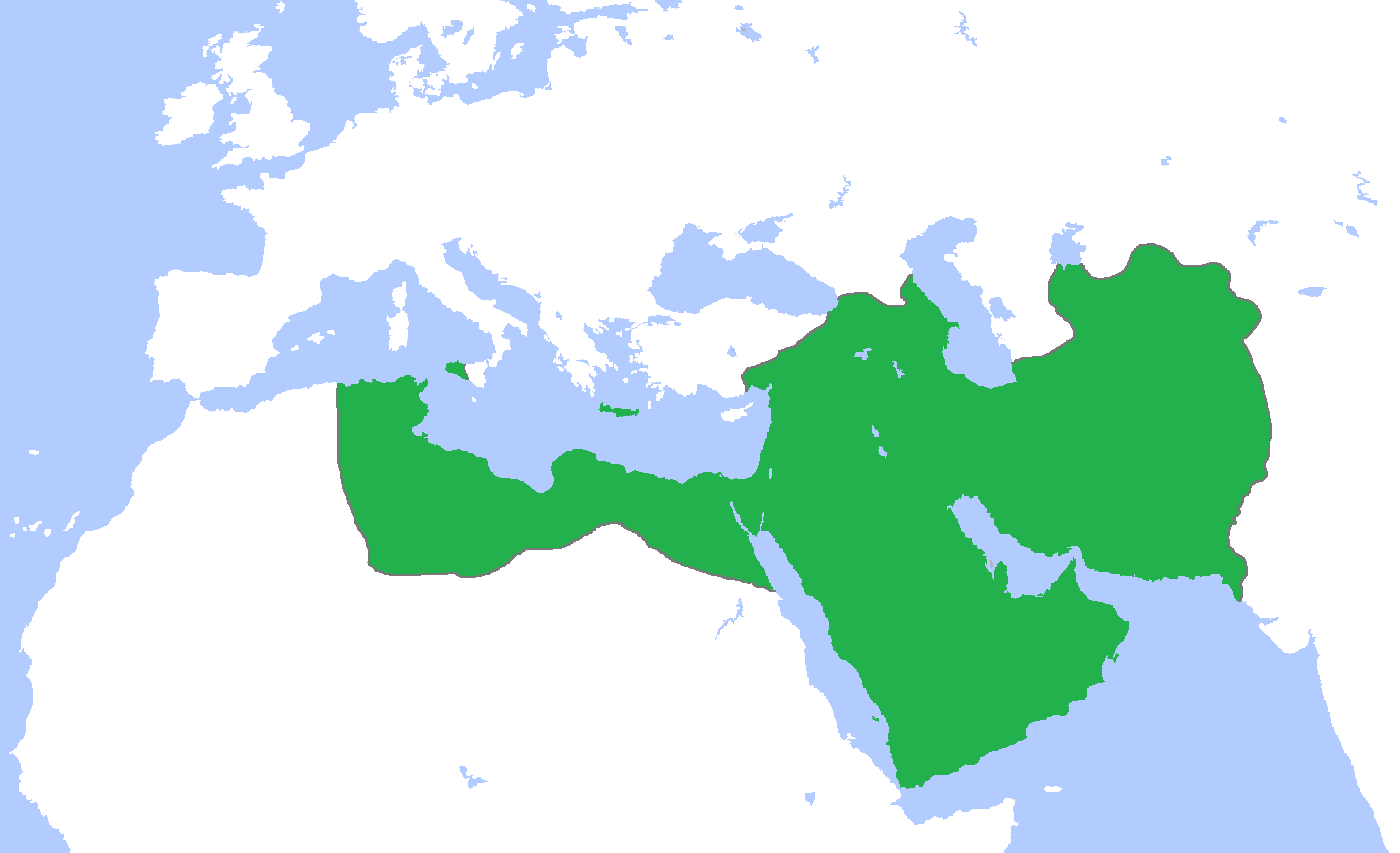|
Alisher Navoiy (Tashkent Metro)
Alisher Navoiy is a station of the Tashkent Metro on Oʻzbekiston Line. The station was opened on 8 December 1984 as the western terminus of the inaugural section of the line, between Alisher Navoiy and Toshkent. On 6 November 1989 the line was extended to Chorsu. It is named after Alisher Navoiy. The station column type with underground and ground-based lobby. Transfer to the station Paxtakor of Chilonzor Line The Chilonzor Line (, ) was the first line of the Tashkent Metro, opened in 1977 it connected the southern districts of the city with the centre, and then in 1980 extended westwards. Timeline Name changes Transfers References {{reflist ... is available. Gallery File:Tashkent Metro station 3.jpg File:Tashkent Metro station 4.jpg File:Tashkent Metro station 5.jpg File:Tashkent Metro station 9.jpg File:Tashkent Metro station 10.jpg References Tashkent Metro stations Railway stations opened in 1984 {{Uzbekistan-railstation-stub ... [...More Info...] [...Related Items...] OR: [Wikipedia] [Google] [Baidu] |
Tashkent Metro
The Tashkent Metro ( uz, Toshkent metropoliteni, Тошкент метрополитени) is the rapid transit system serving the city of Tashkent, the capital of Uzbekistan. It was the seventh metro to be built in the former USSR, opening in 1977, and was the first subway system in Central Asia. Each station is designed around a particular theme, often reflected in the station name. The Tashkent Metro consists of four lines, operating on of route and serving 43 stations. In 2022, the metro carried 220 million passengers, which corresponds to a daily average of approximately 620,000 riders. History Planning for the Tashkent Metro started in 1968, two years after a major earthquake struck the city in 1966. Construction on the first line began in 1972 and it opened on 6 November 1977 with nine stations. This line was extended in 1980, and the second line was added in 1984. The most recent line is the Circle (Halqa) Line, the first section of which opened in 2020. A northern ... [...More Info...] [...Related Items...] OR: [Wikipedia] [Google] [Baidu] |
Tashkent
Tashkent (, uz, Toshkent, Тошкент/, ) (from russian: Ташкент), or Toshkent (; ), also historically known as Chach is the capital and largest city of Uzbekistan. It is the most populous city in Central Asia, with a population of 2,909,500 (2022). It is in northeastern Uzbekistan, near the border with Kazakhstan. Tashkent comes from the Turkic ''tash'' and ''kent'', literally translated as "Stone City" or "City of Stones". Before Islamic influence started in the mid-8th century AD, Tashkent was influenced by the Sogdian and Turkic cultures. After Genghis Khan destroyed it in 1219, it was rebuilt and profited from the Silk Road. From the 18th to the 19th century, the city became an independent city-state, before being re-conquered by the Khanate of Kokand. In 1865, Tashkent fell to the Russian Empire; it became the capital of Russian Turkestan. In Soviet times, it witnessed major growth and demographic changes due to forced deportations from throughout the Sov ... [...More Info...] [...Related Items...] OR: [Wikipedia] [Google] [Baidu] |
Uzbekistan
Uzbekistan (, ; uz, Ozbekiston, italic=yes / , ; russian: Узбекистан), officially the Republic of Uzbekistan ( uz, Ozbekiston Respublikasi, italic=yes / ; russian: Республика Узбекистан), is a doubly landlocked country located in Central Asia. It is surrounded by five landlocked countries: Kazakhstan to the north; Kyrgyzstan to the northeast; Tajikistan to the southeast; Afghanistan to the south; and Turkmenistan to the southwest. Its capital and largest city is Tashkent. Uzbekistan is part of the Turkic world, as well as a member of the Organization of Turkic States. The Uzbek language is the majority-spoken language in Uzbekistan, while Russian is widely spoken and understood throughout the country. Tajik is also spoken as a minority language, predominantly in Samarkand and Bukhara. Islam is the predominant religion in Uzbekistan, most Uzbeks being Sunni Muslims. The first recorded settlers in what is now Uzbekistan were Eastern Iranian no ... [...More Info...] [...Related Items...] OR: [Wikipedia] [Google] [Baidu] |
Island Platform
An island platform (also center platform, centre platform) is a station layout arrangement where a single platform is positioned between two tracks within a railway station, tram stop or transitway interchange. Island platforms are popular on twin-track routes due to pragmatic and cost reasons. They are also useful within larger stations where local and express services for the same direction of travel can be provided from opposite sides of the same platform thereby simplifying transfers between the two tracks. An alternative arrangement is to position side platforms on either side of the tracks. The historical use of island platforms depends greatly upon the location. In the United Kingdom the use of island platforms is relatively common when the railway line is in a cutting or raised on an embankment, as this makes it easier to provide access to the platform without walking across the tracks. Advantages and tradeoffs Island platforms are necessary for any station with many th ... [...More Info...] [...Related Items...] OR: [Wikipedia] [Google] [Baidu] |
Oʻzbekiston Line
The Oʻzbekiston Line (, ) is a line of the Tashkent Metro The Tashkent Metro ( uz, Toshkent metropoliteni, Тошкент метрополитени) is the rapid transit system serving the city of Tashkent, the capital of Uzbekistan. It was the seventh metro to be built in the former USSR, opening in 1 .... Opened in 1984, it connects the northwestern districts of the city with the city centre and then continues eastwards. Timeline Name changes Transfers {{DEFAULTSORT:Ozbekiston Line Tashkent Metro lines Railway lines opened in 1984 1984 establishments in the Soviet Union ... [...More Info...] [...Related Items...] OR: [Wikipedia] [Google] [Baidu] |
Toshkent (Tashkent Metro)
Toshkent is a station of the Tashkent Metro on Oʻzbekiston Line. The station was opened on 8 December 1984 as the eastern terminus of the inaugural section of the line, between Alisher Navoiy and Toshkent. On 6 November 1987 the line was extended to Chkalov Valery Pavlovich Chkalov ( rus, Валерий Павлович Чкалов, p=vɐˈlʲerʲɪj ˈpavləvʲɪtɕ ˈtɕkaləf; – 15 December 1938) was a test pilot awarded the title Hero of the Soviet Union (1936). Early life Chkalov was bo .... It serves Tashkent's main-line railway station. Column-type station with two underground vestibules. Located beneath the forecourt. Decoration of the walls and ceiling like the head of the column and made in the traditional national spirit, in the stair descents on a platform made of the image, dedicated to the 2200th anniversary of Tashkent and on "Tashkent - a city of peace and friendship," here emblem of the city. When finishing the station it is widely used in marble, granit ... [...More Info...] [...Related Items...] OR: [Wikipedia] [Google] [Baidu] |
Chorsu (Tashkent Metro)
Chorsu is a station of the Tashkent Metro on Oʻzbekiston Line. The station was opened on 6 November 1989 as part of the extension of the line between Alisher Navoiy and Chorsu Bazaar. On 30 April 1991 the line was extended to Beruniy. The walls of the vestibule and the platform decorated with white Gazgan marble floor station is covered with gray granite. The station is decorated with bas-reliefs of "Ecology" and ''Link of Times'' (painter Painting is the practice of applying paint, pigment, color or other medium to a solid surface (called the "matrix" or "support"). The medium is commonly applied to the base with a brush, but other implements, such as knives, sponges, and ai ... Kim Yu). References Tashkent Metro stations Railway stations opened in 1989 {{Uzbekistan-railstation-stub ... [...More Info...] [...Related Items...] OR: [Wikipedia] [Google] [Baidu] |
Alisher Navoiy
'Ali-Shir Nava'i (9 February 1441 – 3 January 1501), also known as Nizām-al-Din ʿAli-Shir Herawī ( Chagatai: نظام الدین علی شیر نوایی, fa, نظامالدین علیشیر نوایی) was a Timurid poet, writer, statesman, linguist, Hanafi Maturidi mystic and painter who was the greatest representative of Chagatai literature. Nava'i believed that his native Chagatai Turkic language was superior to Persian for literary purposes, an uncommon view at the time and defended this belief in his work titled ''Muhakamat al-Lughatayn'' (''The Comparison of the Two Languages''). He emphasized his belief in the richness, precision and malleability of Turkic vocabulary as opposed to Persian. Because of his distinguished Chagatai language poetry, Nava'i is considered by many throughout the Turkic-speaking world to be the founder of early Turkic literature. Many places and institutions in Central Asia are named after him. Life Alisher Nava'i was born in ... [...More Info...] [...Related Items...] OR: [Wikipedia] [Google] [Baidu] |
Paxtakor (Tashkent Metro)
Paxtakor is a station of the Tashkent Metro on Chilonzor Line The Chilonzor Line (, ) was the first line of the Tashkent Metro, opened in 1977 it connected the southern districts of the city with the centre, and then in 1980 extended westwards. Timeline Name changes Transfers References {{reflist .... The station column type with underground and ground-based lobby. The station was opened on 6 November 1977 as part of the inaugural section of Tashkent Metro, between October inkilobi and Sabir Rakhimov. References Tashkent Metro stations Railway stations opened in 1977 {{Uzbekistan-railstation-stub ... [...More Info...] [...Related Items...] OR: [Wikipedia] [Google] [Baidu] |
Chilonzor Line
The Chilonzor Line (, ) was the first line of the Tashkent Metro, opened in 1977 it connected the southern districts of the city with the centre, and then in 1980 extended westwards. Timeline Name changes Transfers References {{reflist Tashkent Metro lines Railway lines opened in 1977 1977 establishments in the Soviet Union ... [...More Info...] [...Related Items...] OR: [Wikipedia] [Google] [Baidu] |
Tashkent Metro Stations
Tashkent (, uz, Toshkent, Тошкент/, ) (from russian: Ташкент), or Toshkent (; ), also historically known as Chach is the capital and largest city of Uzbekistan. It is the most populous city in Central Asia, with a population of 2,909,500 (2022). It is in northeastern Uzbekistan, near the border with Kazakhstan. Tashkent comes from the Turkic ''tash'' and ''kent'', literally translated as "Stone City" or "City of Stones". Before Islamic influence started in the mid-8th century AD, Tashkent was influenced by the Sogdian and Turkic cultures. After Genghis Khan destroyed it in 1219, it was rebuilt and profited from the Silk Road. From the 18th to the 19th century, the city became an independent city-state, before being re-conquered by the Khanate of Kokand. In 1865, Tashkent fell to the Russian Empire; it became the capital of Russian Turkestan. In Soviet times, it witnessed major growth and demographic changes due to forced deportations from throughout the Sovie ... [...More Info...] [...Related Items...] OR: [Wikipedia] [Google] [Baidu] |




